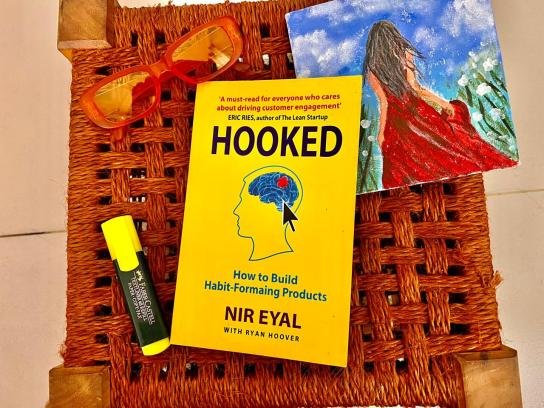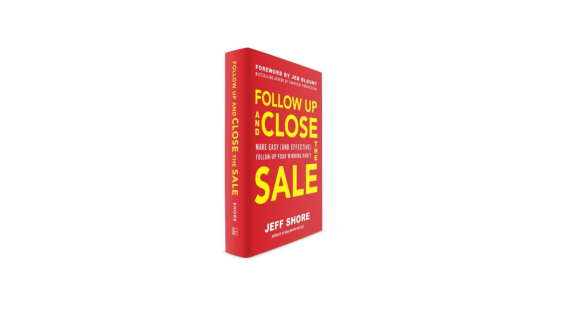Recent Reading
Crafting Addictive Experiences: Decoding the Secrets of the Hook Model
By Mehedi Shamim | 21 Jun, 2024

Hooked is a straightforward and insightful book delving into the application of psychology in product design. With the rise of technology accessible to diverse entrepreneurs, the significance of design parallel to engineering has amplified. Entrepreneurs stand to benefit from understanding the principles underpinning the creation of habit-forming products.
The core concept of ‘Hooked’ revolves around the Hook Model, comprising four key elements: Trigger, Action, Variable Reward, and Investment. Essentially, a trigger initiates user action leading to a variable reward, culminating in further investment, creating a cycle that enables user engagement.
Trigger: Triggers play a pivotal role in directing users towards a product. External triggers like app icons or advertisements can attract users, yet truly addictive products leverage internal triggers associated with emotions or feelings, forming deep-rooted habits.
Action: Following the trigger, the ease of 'scratching the itch' is essential to user engagement. Simplifying actions, considering factors such as motivation and ability significantly impacts user behavior. Emphasizing the simplicity of actions enhances user interaction with the product.
Variable Reward: Rewards serve as the backbone of habit formation, with variable rewards proving to be more effective in sustaining user engagement. By offering unpredictable rewards, products stimulate a sense of curiosity and satisfaction, enhancing user experience and retention. For example, on Facebook, you never know if you will find good content on the feed or how many likes/Shares/Comments your status will get. The same spectacle happened with the early version of Zynga games. So for even stronger habits, a variable reward is necessary.
Investment: The final stage of the Hooked Model determines it from the traditional Habit Loop as detailed in ‘The Power of Habit: Why We Do What We Do in Life and Business’ by Charles Duhigg. To ensure sustained user engagement with your product, it is essential to prompt users to invest. By encouraging users to invest in your product, you provide them with an additional reason to return, encouraging loyalty and differentiation from competitors. Despite the availability of premium products, platforms like Facebook leverage user investments in data storage, social connections, and interactions to create stickiness, making it challenging for users to switch. Studies show that users value their efforts significantly more than higher-quality work, a phenomenon known as the IKEA effect.
#PsychologyInDesign #HookModel #UserEngagement #ProductHabitFormation #VariableRewards #InvestmentInProduct #TechEntrepreneurs #DesignPrinciples #InternalTriggers #SustainableEngagement #UserInvestment #UserExperience #FacebookSuccess #HabitFormingProducts #IKEAEffect



